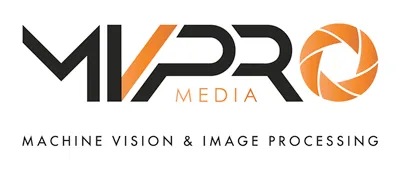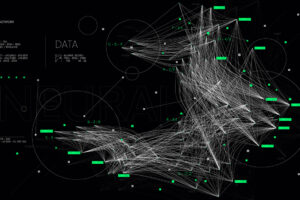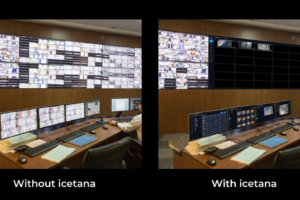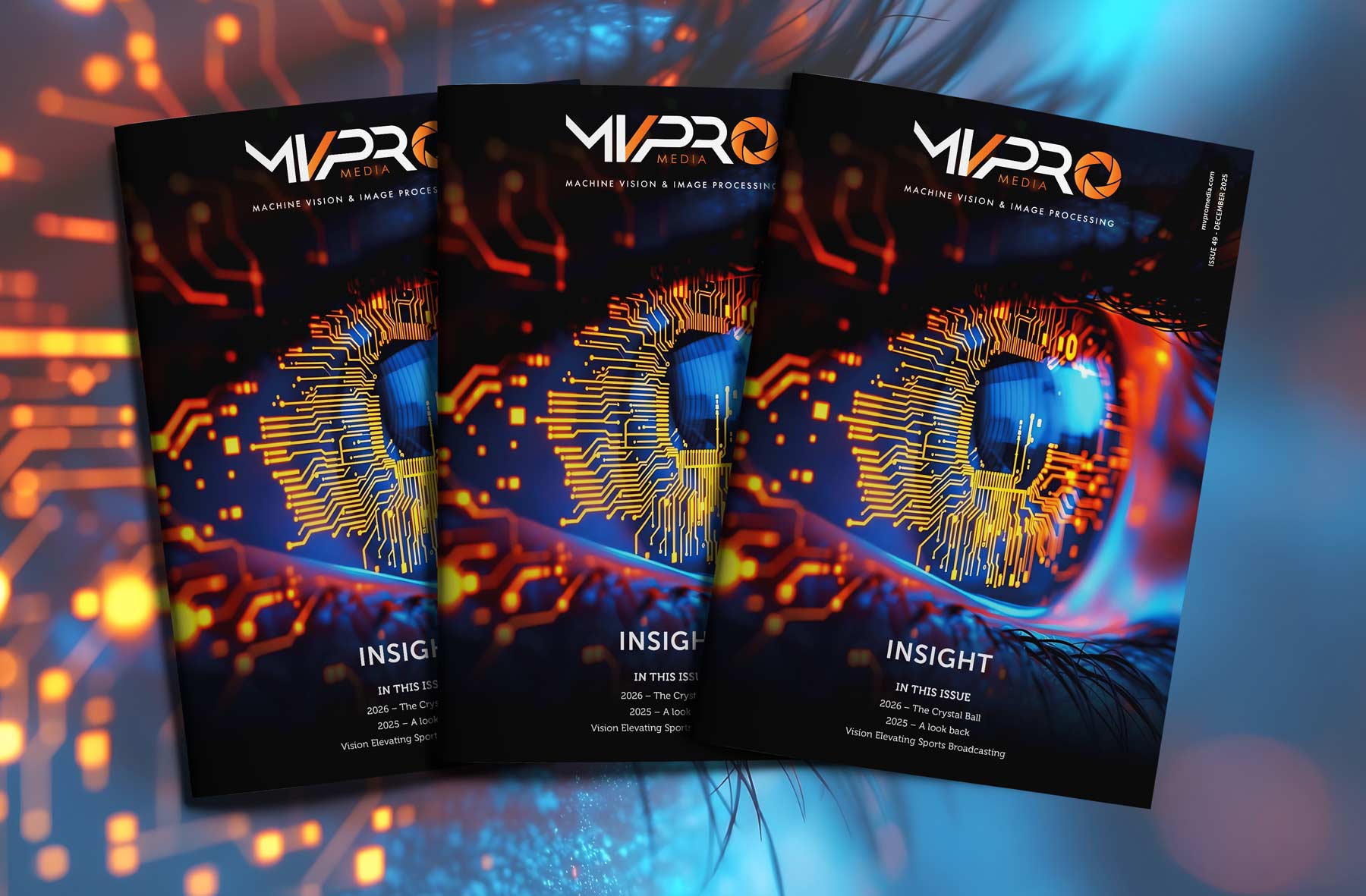Waymo, the leading autonomous driving technology company and subsidiary of Alphabet Inc. (parent company of Google) is looking to expand its activities beyond American borders for the first time ever.
After years of redefining the capabilities and expectations of autonomous driving technology through technological innovation and practical on-road implementation in Phoenix, Arizona, and in California, where its headquarters are located, the company takes things one step-further by subjecting its algorithms to the complex nature of one of the world’s biggest megalopolis, the Japanese capital of Tokyo, from 14th April 2025 . For this, Waymo will partner with essential local players, the leading taxi-company Nihon Kotsu and data company GO Inc.
From Google Self-Driving Car Project to Waymo
In 2009, Google, already a leader in software and data-driven technologies, embarked on a bold journey to revolutionise transportation by leveraging advanced computing and sensor technologies. The early experiments were centred around combining hardware innovations (cameras, radars, and later lidar) with sophisticated software algorithms, marking one of the earliest integrations of machine vision and artificial intelligence into the field of autonomous mobility. From the get-go, though, real-life testing was a real priority: protypes rolled out in Mountain View, California, accumulated millions of miles under various conditions, with the aim of gathering vast amounts of data that would be used to refining the system’s machine learning algorithms. Data gathering, experiments, simulations and machine learning soon navigated the complex challenges of dreadful weather conditions, complex traffic patterns, and unexpected human behaviour. Significant breakthroughs showed that autonomous systems could learn and adapt from experience.
In 2016, the project transitioned into a fully-fledged company known as Waymo, with a view of turning the hugely promising experiment into a commercial mission. Throughout the following years, Waymo accelerated its on-road testing programme, expanding fleets, data gathering and technological innovations.
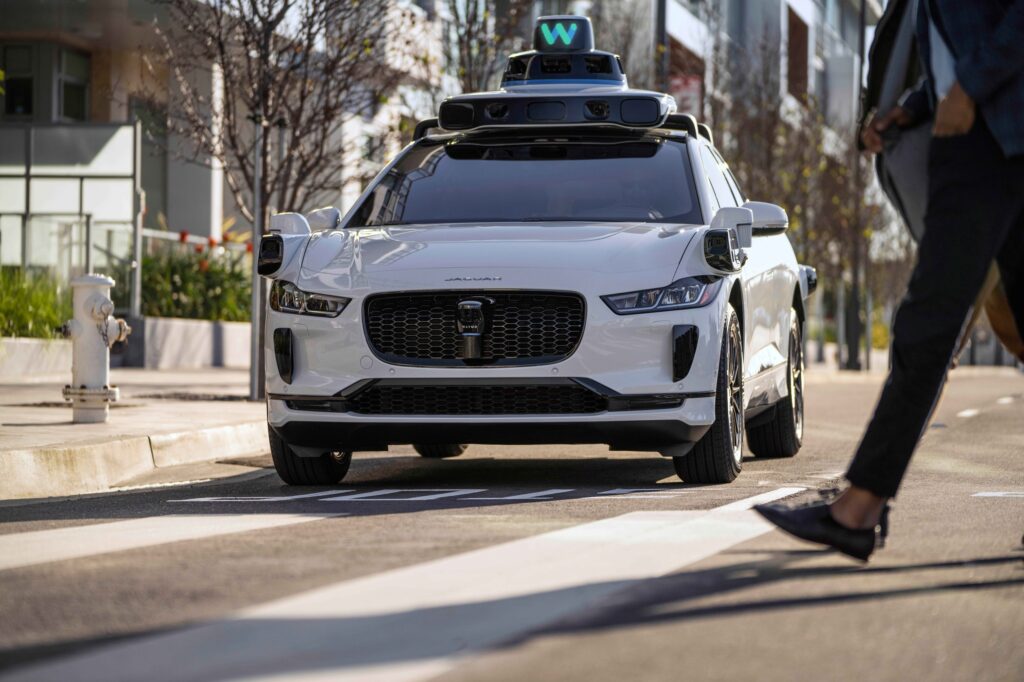
Waymo’s use of machine vision technology
Deep Neural Networks and Machine Vision for Object Recognition
At the heart of Waymo’s technology is the use of deep convolutional neural networks (CNNs) that power its machine vision systems. These networks process and interpret high-resolution visual data from the vehicle’s camera array. With the use of vast datasets spanning millions of miles and diverse road conditions, the models are exceptionally skilled at object recognition. This is what where enters semantic segmentation: the system can reliably detect and label various objects in an image and give it a function such as pedestrians, cyclists, vehicles, pavements and traffic signage. The continuous refinement of these models through transfer learning and retraining on new, real-world data ensures that the machine vision system adapts to evolving traffic scenarios and infrastructure changes, further enhancing its accuracy.
Sensor Fusion and Enhanced Machine Vision
Machine vision in Waymo’s autonomous system is not limited to cameras alone. It is augmented by sensor fusion techniques that integrate data from cameras, lidar, and radar into a comprehensive perception model. This integration allows the machine vision system to compensate for conditions where individual sensors might struggle—such as low-light environments or adverse weather conditions. By combining visual data with depth and motion information, the system develops a reliable 360-degree view of the driving environment, enabling the vehicle to understand spatial relationships and make context-aware decisions.
Real-Time Feedback and Continuous Learning in Machine Vision
A pivotal breakthrough in Waymo’s approach is the real-time feedback loop integrated into its machine vision system. As vehicles navigate a wide variety of scenarios during testing, they continuously collect data on edge cases or novel events. This real-time information is used to update and refine the deep learning models, ensuring the machine vision system evolves with each mile driven. Such a continuous learning approach helps the algorithms quickly adapt to previously unseen circumstances, improving the overall safety and reliability of the autonomous driving system.
Waymo One
In 2019, Waymo introduce the Waymo One service in the Phoenix metropolitan area. The general public go introduced to the potential of driverless transportation with vehicles that, while equipped with advanced autonomous systems, still operated with a safety driver onboard during its early phase. Again, incremental and continuous operational data gathering fuelled improvements in sensor fusion, machine learning, and machine vision capabilities. By working closely with authorities, such as the federal National Highway Traffic Safety Administration (NHTSA) or at local levels, the Arizona Department of Transportation and the California Department of Motor Vehicles (DMV). With technological advancements and regulatory confidence growing, Waymo has been able to operate fully driverless rides, although still on pre-mapped routes and under controlled conditions to ensure safety.
Tokyo: Paving the way for international expansion
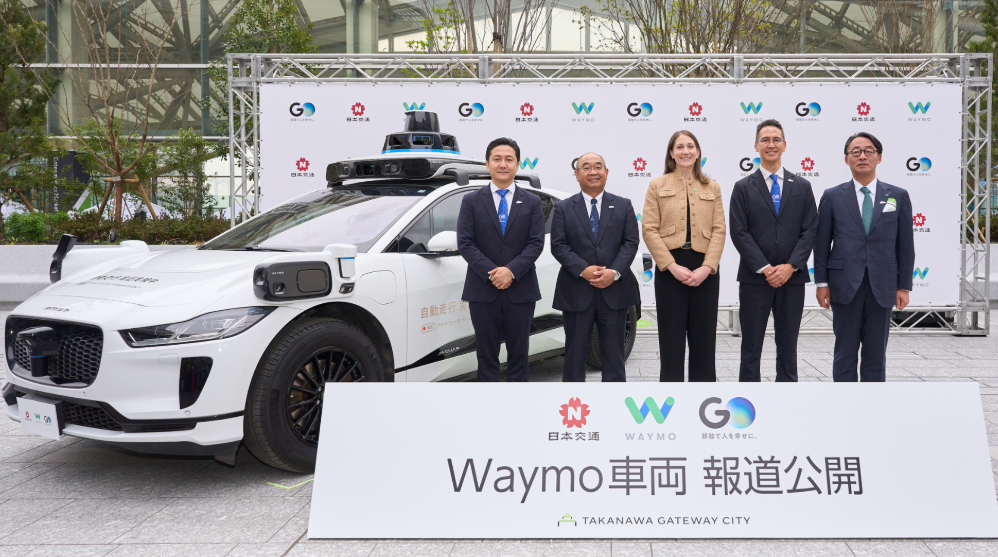
Now, the choice of the Tokyo is not to make things easy. On the contrary, with a population of 37 million inhabitants, it presents a challenging urban environment, with narrower roads than in the US, an intricate and complex road mapping. Tokyo’s roads will put sensors like cameras, radars and lidars to rigorous test, which will allow the technology to evolve and improve its decision-making algorithms. In addition, The city’s traffic behaviour, with is varied driving styles and pedestrian movements, offers a rich dataset. Testing in Tokyo will allow Waymo to gather detailed information on local driving habits, helping to refine their vehicle’s perception and navigation systems.
How it will all work
On the 14th of April, Waymo will deploy 25 electric Jaguar I-PACE vehicles in Tokyo as part of the early phase of the trial programme. For now, these vehicles will not be fully autonomous; instead, drivers from the local taxi firm Nihon Kotsu Co. Ltd. ., will be in control as the cars navigate through some of the busiest districts of the Japanese capital. This will allow, with the support of data company GO Inc., the technology to ‘create detailed 3D maps of the city and gather essential experience from professional drivers’, according to Waymo. The maps created will establish the grounds for a digital simulation of the city, in which testing of driving patterns and scenarios will set scope for a potential full roll out.
“After months of strong collaboration with Nihon Kotsu and GO, Waymo has reached a historic milestone— our first venture on international public roads. Our partnership demonstrates how Waymo’s 15 years of operational expertise can adapt to new environments through strategic initiatives with industry leaders. In Tokyo, we are abiding by the same steadfast principles that guide us in the U.S. — commitment to safety, dedication to earning trust in communities where we operate, and collaboration with local officials and community groups here in Tokyo.”Nicole Gavel, Senior Director, Head of Business Development and Strategic Partnerships, Waymo
Conclusion
Waymo’s pioneering journey, from its inception as the Google Self-Driving Car Project to its current role as a leader in autonomous mobility, has consistently pushed the boundaries of what technology can achieve in real-world settings. After redefining expectations and operational benchmarks with Waymo One, the company is now embarking on its first international venture by testing its technology in the bustling metropolis of Tokyo. This expansion is not merely a change of scenery; it is a strategic move designed to tackle some of the most challenging driving environments on the planet. Tokyo’s narrow roads, intricate urban networks, and diverse traffic behaviours provide a rigorous testing ground for Waymo’s sophisticated machine vision systems, deep neural networks, and sensor fusion capabilities. By partnering with esteemed local firms like Nihon Kotsu and data specialist GO Inc., Waymo is leveraging local expertise and meticulous, real-time data collection to refine its mapping and navigation algorithms. These collaborations are key to ensuring that its autonomous systems can safely adapt to new regulatory frameworks, urban infrastructures, and driving cultures.
As Waymo deploys its fleet of 25 electric Jaguar I-PACE vehicles on April 14, 2025, with experienced drivers from Nihon Kotsu at the helm, it lays the foundation for creating detailed 3D maps and robust digital simulations of Tokyo’s streets. This trial phase will not only inform further technological enhancements but also serve as a critical stepping stone towards a future fully autonomous ride-hailing service in the international arena. Ultimately, Waymo’s Tokyo initiative encapsulates the company’s visionary pursuit: melding innovation, safety, and strategic partnerships to usher in a new era of global, intelligent mobility.
